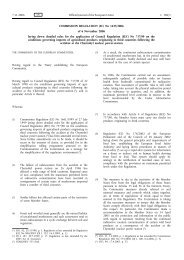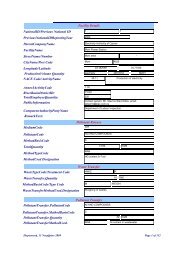Non binding guide to good practice for implementing Directive
Non binding guide to good practice for implementing Directive
Non binding guide to good practice for implementing Directive
- No tags were found...
You also want an ePaper? Increase the reach of your titles
YUMPU automatically turns print PDFs into web optimized ePapers that Google loves.
ANNEX B What is vibration?<strong>Non</strong> <strong>binding</strong> <strong>guide</strong> <strong>to</strong> <strong>good</strong> <strong>practice</strong> <strong>for</strong> <strong>implementing</strong> <strong>Directive</strong> 2002/44/EC (Vibrations at Work)B.1 WHAT IS VIBRATION?Vibrations arise when a bodyoscillates due <strong>to</strong> external andinternal <strong>for</strong>ces Figure B.1. In thecase of hand-arm vibration, thehandle of a machine or the surfaceof a work piece vibrates rapidly,and this motion is transmitted in<strong>to</strong>the hand and arm.B.2 WHAT IS MEASURED?Vibration is defi ned by itsmagnitude and frequency.The magnitude of vibrationcould be expressed as theFigure B.1Hand-arm vibrationvibration displacement (in meters), the vibrationvelocity (in meters per second) or the vibrationacceleration (in meters per second per second orm/s²). Most vibration transducers produce an outputthat is related <strong>to</strong> acceleration; so acceleration hastraditionally been used <strong>to</strong> describe vibration.To get a complete picture of the vibration on a surface,vibration must be measured in three axes, as illustratedin Figure B.2.B.3 WHAT IS FREQUENCY AND FREQUENCY-WEIGHTING?Frequency is the number of times per second thevibrating body moves back and <strong>for</strong>th. It is expressedas a value in cycles per second, more usually known ashertz (abbreviated <strong>to</strong> Hz). For rotating <strong>to</strong>ols the dominantfrequency is usually determined by the speed at whichthe <strong>to</strong>ol rotates (usually expressed as the number ofrevolutions per minute or rpm; dividing the rpm by 60gives the frequency in Hz).For hand-arm vibration, the frequencies thought <strong>to</strong>be important range from about 8 Hz <strong>to</strong> 1000 Hz.However, because the risk of damage <strong>to</strong> the hand is notequal at all frequencies a frequency-weighting is used<strong>to</strong> represent the likelihood of damage from the differentfrequencies. As a result, the weighted accelerationdecreases when the frequency increases. For hand-armvibration, only one frequency-weighting curve is used <strong>for</strong>all three axes.B.4 WHAT VIBRATION PARAMETERS ARE USEDFOR EXPOSURE ASSESSMENT?From each vibration axis a frequency-weighted rootmean-squareaverage acceleration is measured. This isreferred <strong>to</strong> as ahw. The value used <strong>for</strong> assessment ofexposure is the vibration <strong>to</strong>tal value, which combines thethree ahw values <strong>for</strong> the axes x, y and z, using:Figure B.2 Axes of hand-arm vibration measurementSome examples of vibration <strong>to</strong>tal values <strong>for</strong> commonhand-held power <strong>to</strong>ols are shown in Figure B.3.34


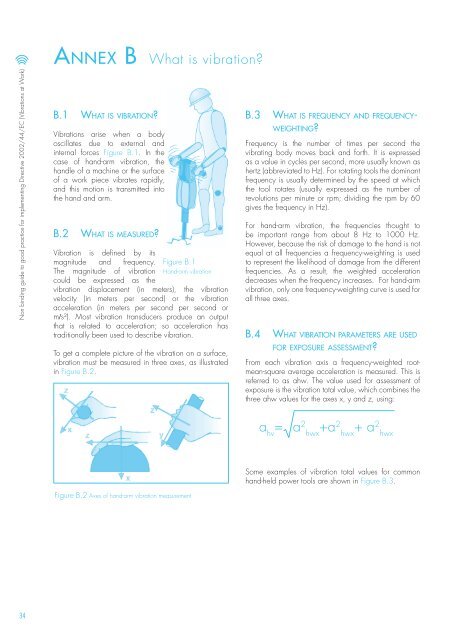




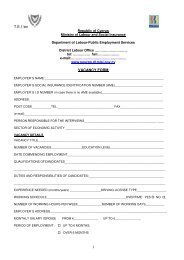

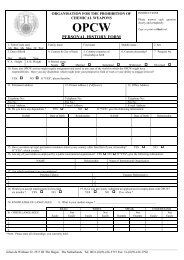
![Hadjimichael[1].pdf](https://img.yumpu.com/33937965/1/190x135/hadjimichael1pdf.jpg?quality=85)

